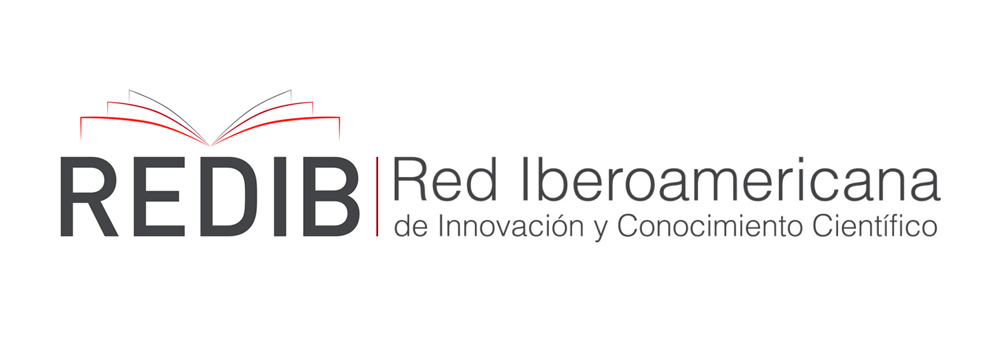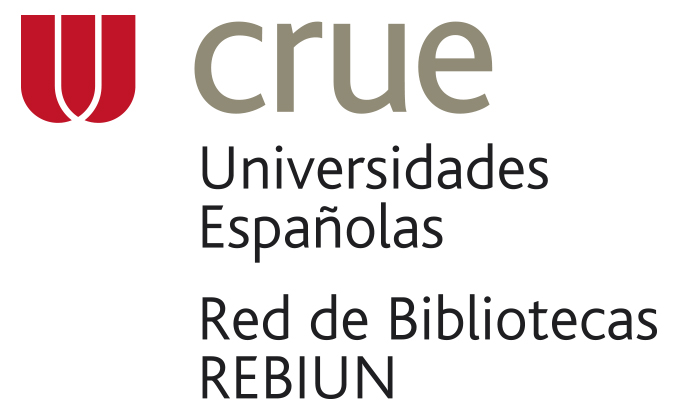The poem XI by Alberto Mostajo in the light of the Discourse Analysis
DOI:
https://doi.org/10.35622/j.rie.2019.02.008Keywords:
Poetic speech, enunciation, pragmatics, semiotics, textualityAbstract
The aim of this research work was to analyse and interpret Alberto Mostajo (Puno, 1896) poem XI, which is included in his book Canción infinita. The interpretation method used was Discourse Analysis. The following categories of analysis were taken into account: a) identification and characterization of voices; b) characterization of the poem as text; c) determination of the meaning of the poem; d) identification of pragmatic features. The results suggest that the author's context conditioned, to some extent, the production of poem XI. At the enunciative level, Mostajo constructs a subject that speaks in the first grammatical person, whose point of view has subjective, metaphysical and reflexive shades. On a pragmatic level, the enunciator performs the action of informing, with the purpose of generating cognitive and emotional changes in the reader. Likewise, poem XI is a linguistic construction that meets the criteria of textuality. Finally, at the semiotic level, poem XI produces the meaning that life is the way to death, a journey without return. In this process, the subject experiences inner displacement: from reality to unreality, from order to chaos, from lucidity (consciousness) to madness (unconsciousness), from joy to sadness (solitude).
References
Aldama, J. & Montanari, F. (1999). Por una sociosemiótica tensiva. La figura del “ultimátum.” Escritos, (19-20), 115–133.
Austin, J. (1992). Como hacer cosas con palabras. Madrid: Paidos Iberica S. A.
Ayala, J. L. (2009). Alberto Mostajo. Delirio y tragedia de un poeta vanguardista y metafísico. Lima: Arteidea.
Benveniste, E. (1966). Problèmes de linguistique générale (Vol. 1). París: Schoenhof’s Foreign Books, Incorporated.
Blanco, D. (2006). Vigencia de la semiótica. Contratexto. DOI: https://doi.org/10.26439/contratexto2006.n014.759
Blanco, D. & Bueno, R. (1980). Metodología del análisis semiótico. Lima: Universidad de Lima.
Calles, J. (1997). La modalización en el discurso poético. Valencia.
Calsamiglia, H. & Tusón, A. (1999). Las cosas del decir: Manual de análisis del discurso. . Barcelona: Ariel.
Chumaicero, I. (2010). Las voces del poema. Una lectura desde la pragmática literaria. Akademos, 12(1), 105–135.
Covadonga, A. (2014). Análisis del discurso. Madrid: Síntesis.
De Beaugrande, R.-A. & Dressler, W. U. (1997). Introducción a la lingüística del texto. Madrid: Ariel.
Fontanille, J. (1999). Sémiotique et littérature: essais de méthode. FeniXX. DOI: https://doi.org/10.3917/puf.fonta.1999.01
Greimas, A. J. (2015). Sémantique structurale: recherche de méthode. París: Presses universitaires de France.
Núñez, R. (1992). La poesía. Madrid: Síintesis.
Piquer, D. (2002). Historia de la crítica literaria. España: Ariel.
Pozuelo, J. M. (1988). Teoría del lenguaje literario. Madrid: Cátedra.
Reyes, G. (1995). El abecé de la pragmática. Madrid: Arco libros.
Sayago, S. (2014). El análisis del discurso como técnica de investigación cualitativa y cuantitativa en las ciencias sociales. Cinta de Moebio, (49), 1–10. DOI: https://doi.org/10.4067/S0717-554X2014000100001
Smith, B. (1993). Al margen del discurso. Madrid: Visor.
Van Dijk, T. A. (1987). La pragmática de la comunicación literaria. In Mayoral, José (Ed.), (Vol. Pragmática de la comunicación literaria, pp. 171–194). Madrid: Arco/Libros.
Downloads
Published
Issue
Section
License
Copyright (c) 2019 Javier Núñez

This work is licensed under a Creative Commons Attribution 4.0 International License.



























